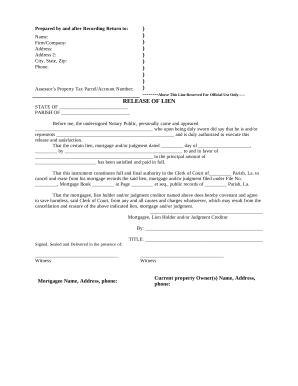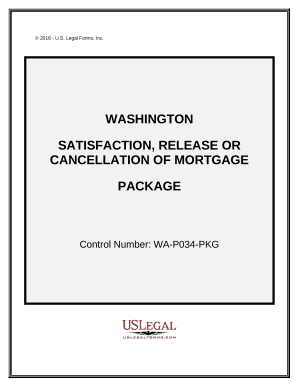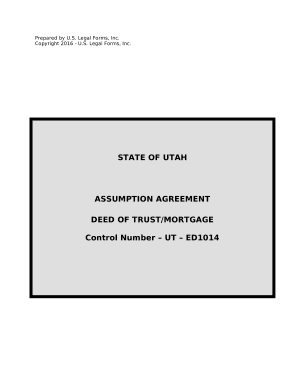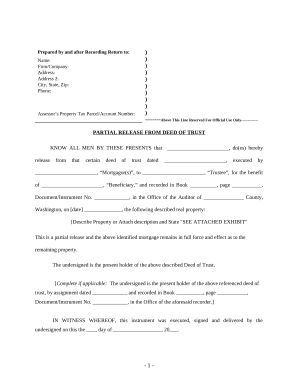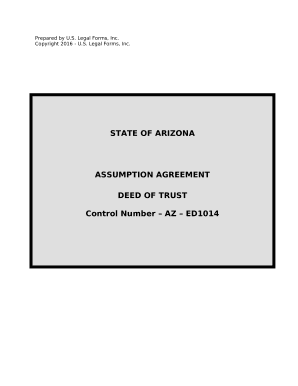Supercharge your productivity with Mortgages Documents
Document management occupies to half of your office hours. With DocHub, you can reclaim your office time and enhance your team's efficiency. Access Mortgages Documents category and investigate all form templates relevant to your daily workflows.
Effortlessly use Mortgages Documents:
- Open Mortgages Documents and use Preview to obtain the appropriate form.
- Click Get Form to begin working on it.
- Wait for your form to open in our online editor and begin modifying it.
- Add new fillable fields, icons, and pictures, adjust pages, and many more.
- Fill out your form or prepare it for other contributors.
- Download or deliver the form by link, email attachment, or invite.
Improve your daily file management using our Mortgages Documents. Get your free DocHub account today to discover all templates.

